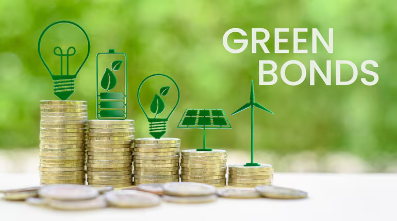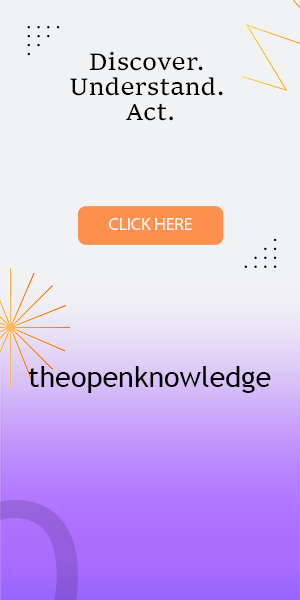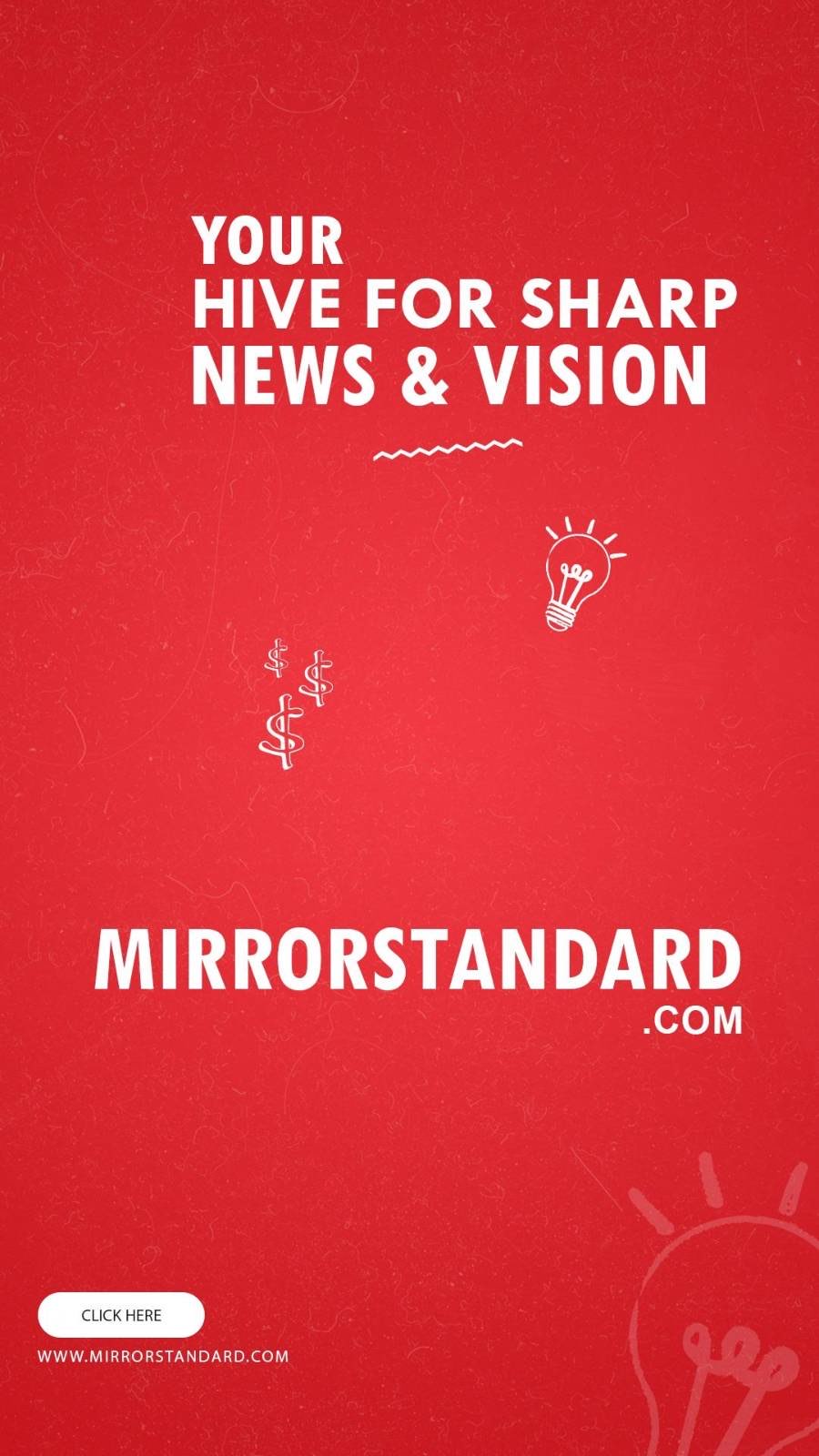Finance
How to Read a Green Bond Framework Taxonomies, project lists, management of proceeds.

For investors and analysts, a green bond framework is the entry point for assessing whether a labeled bond is truly credible or at risk of greenwashing. At its core, a framework outlines how the issuer defines “green,” which projects will be financed, how proceeds will be managed, and what reporting commitments are in place. The first element to scrutinize is the taxonomy alignment. Does the issuer rely on an established standard, such as the EU Taxonomy, ICMA’s Green Bond Principles, or national guidelines, or is it applying its own definitions? Stronger frameworks explicitly map eligible project categories to recognized taxonomies, ensuring that financed activities are consistent with science-based pathways toward decarbonization. The second element is the list of eligible projects. Investors should check whether these are clearly defined, material to the issuer’s business, and genuinely impactful—for example, renewable energy, clean transport, or energy efficiency—versus projects with limited climate benefit. In many cases, credible issuers provide thresholds, such as emissions intensity limits for power generation, to show that financed assets go beyond “business as usual.”
Another critical feature is the management of proceeds. A green bond should ringfence or track the funds raised, either in a sub-account or through internal systems, to ensure that capital is allocated only to eligible projects. Transparency on how quickly proceeds will be deployed and how unallocated funds are managed (e.g., held in cash, invested in short-term green instruments) helps investors assess the risk of “parking” funds in ways that undermine environmental claims. Finally, reporting and impact disclosure separate strong frameworks from weak ones. Annual allocation reports should confirm how much funding has been deployed to each project category, while impact reports should quantify outcomes such as avoided CO₂ emissions, renewable capacity installed, or energy savings delivered. The best frameworks also commit to external verification—both at issuance, through a second-party opinion, and post-issuance, through assurance of reported metrics.
Taken together, these elements—taxonomy alignment, credible project lists, robust management of proceeds, and transparent reporting—determine whether a green bond framework stands up to scrutiny. For investors, reading between the lines is essential: it is not enough to see the “green” label; one must test whether the framework demonstrates integrity, aligns with global standards, and provides an evidence trail that connects bond proceeds to real-world environmental impact. In doing so, investors can separate marketing spin from meaningful financing, and issuers can demonstrate that their green bonds are more than a branding exercise—they are a genuine tool for mobilizing capital toward the transition.

At least 20 people killed in Russian glide bomb attack on village in eastern Ukraine

Transition vs. Physical Risk A decision tree for which risk dominates by industry.

Getting Assurance-Ready — Controls and evidence trails for sustainability data.
trending posts

TOP Categories
Google Web Reporters













3 comments
David Bowie
3 hours agoEmily Johnson Cee
2 dayes agoLuis Diaz
September 25, 2025